

So you’ve been in a car accident or had a similar trauma to the neck. After the accident, your neck has become increasingly more painful and stiff. You have heard about whiplash before from friends and family, but how do you know if you have it so you can treat it?
Whiplash is a non-medical term that describes a distortion of the neck associated with extension. It is commonly caused by either being in a car accident or a traumatic fall, like from a bicycle. If you have had either one of these injuries, it’s likely a good idea to go get checked out by a medical professional, even if it turns out that you don’t have whiplash.
Whiplash is caused by the intense extension of the next as it goes backward and the flexion of the neck as it goes forward. It can cause strain to the muscles and ligaments that hold everything together.
If you have whiplash, you’ll experience the following symptoms:
Some symptoms are felt immediately, but some may take many days to manifest, so don’t discount whiplash as a possibility if you have a car accident or fall with no immediate pain.
In the case of whiplash, the normal curve of the spine is affected and most be restored.
How Whiplash is Diagnosed
A health professional will examine your pain with extension and flexion. He may take x-rays to check for any fractures. An MRI can further tell if there’s any injury to the ligaments or other soft tissue.
How Whiplash is Treated
Whiplash Prevention
Since whiplash most occurs when hit in a car from behind, it’s important to wear your seatbelt. Make sure the headrest on your vehicle isn’t too low and you’re not driving in too much of a reclining position. If you participate in sports, make sure to always wear a helmet.
Have you recently had an accident and think you might be experiencing symptoms of whiplash? Call Georgia Spine and Disc to be seen for an evaluation.
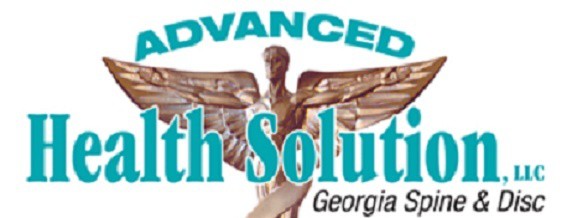
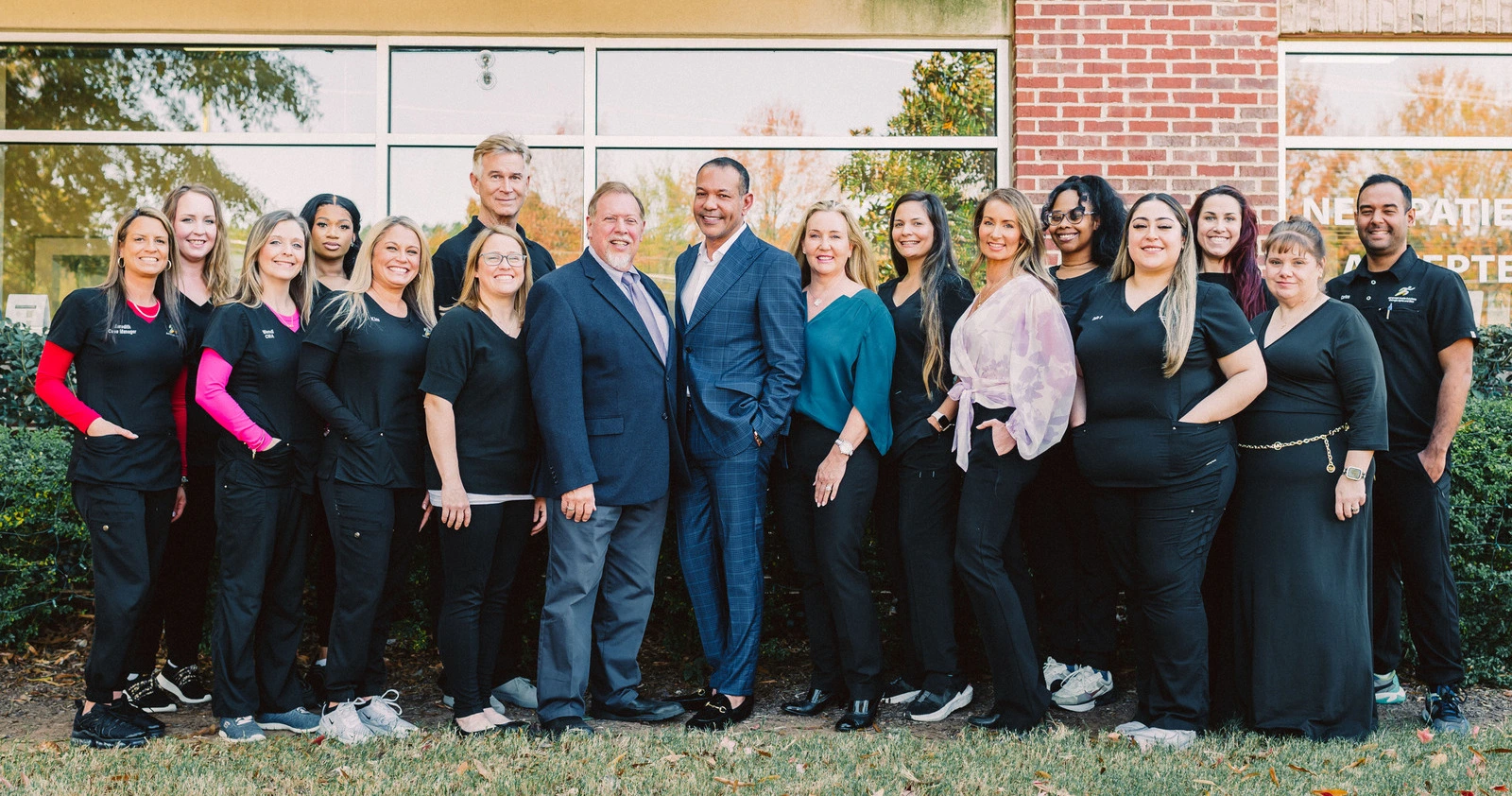
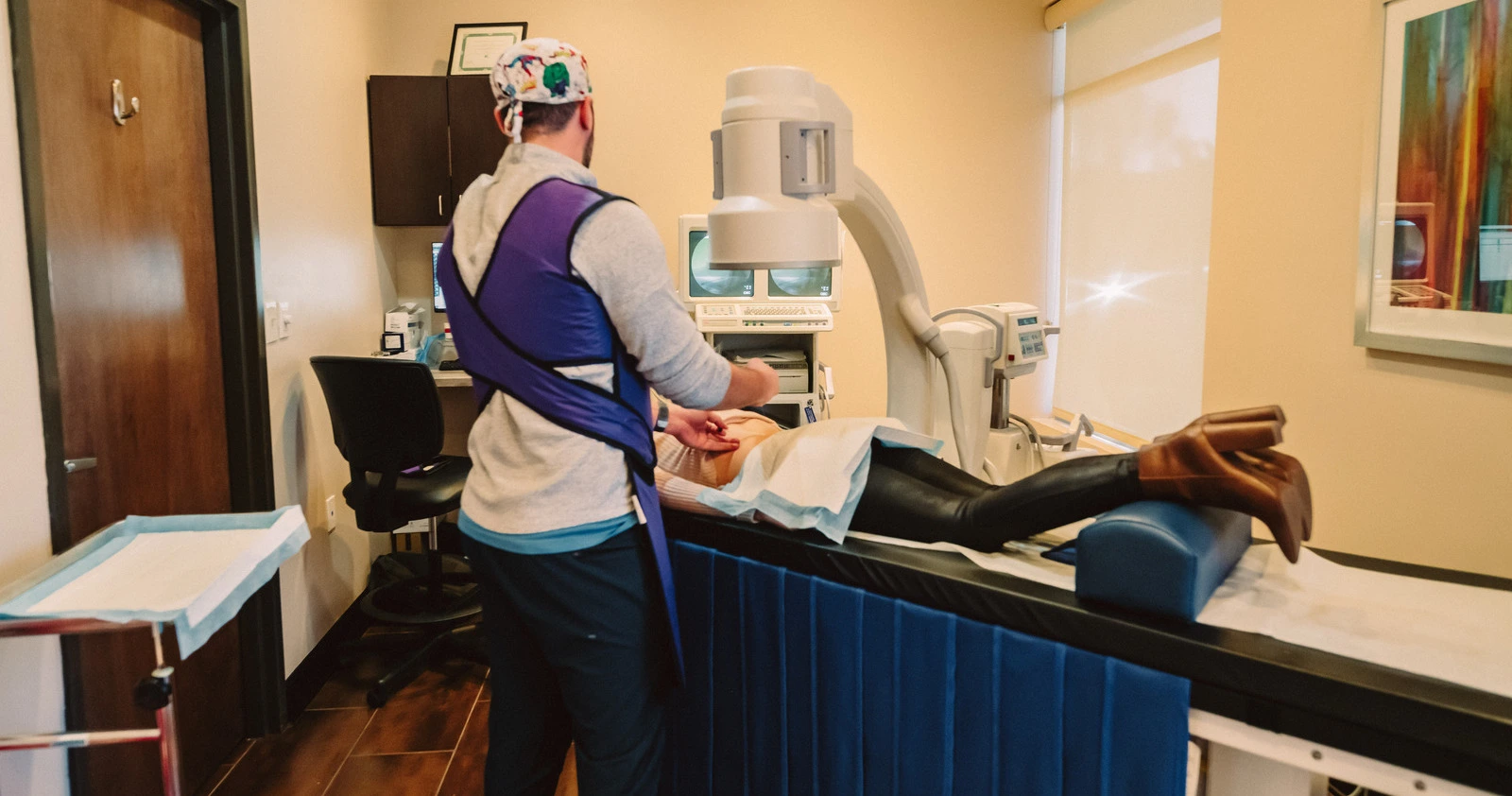
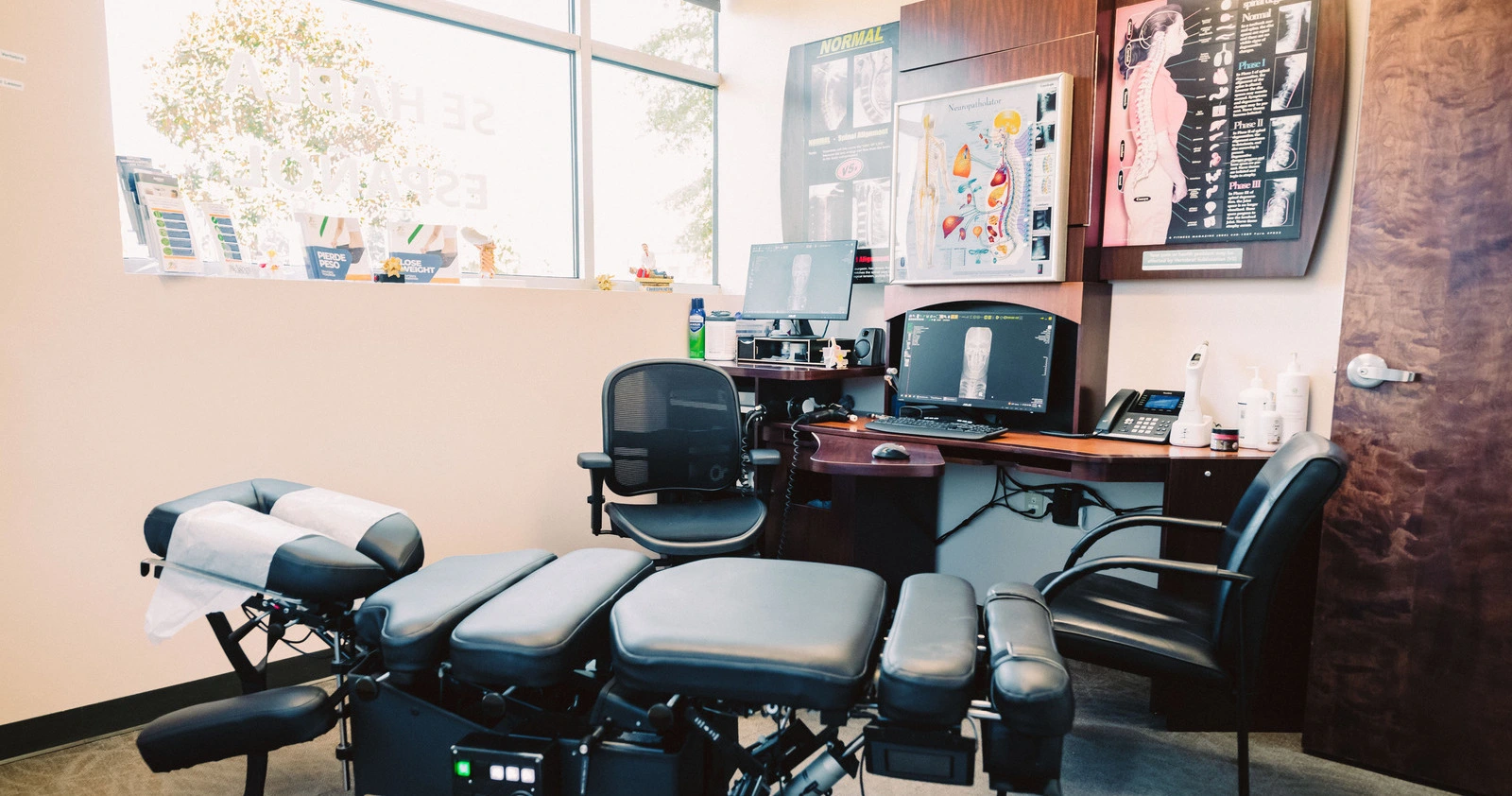
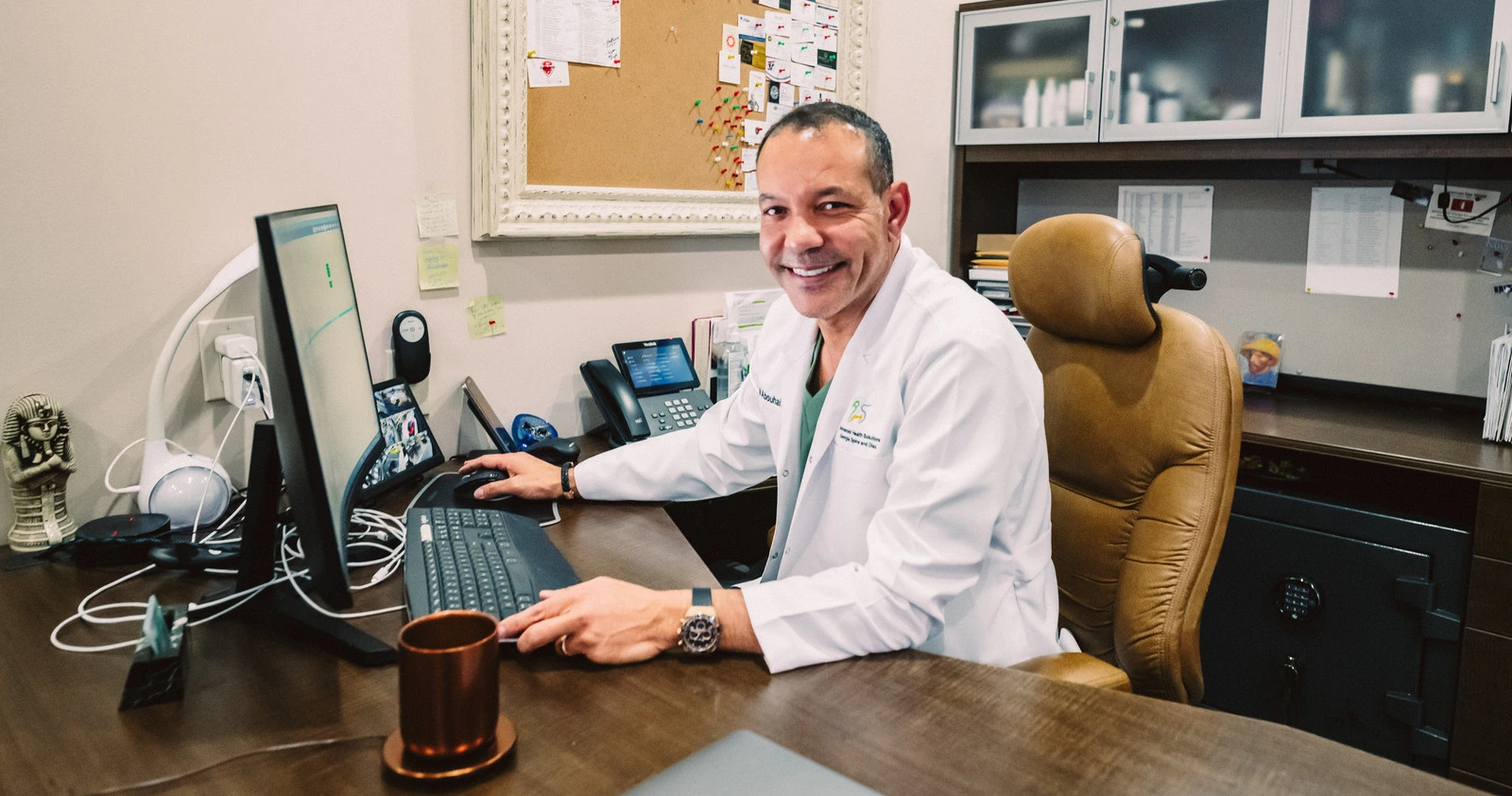

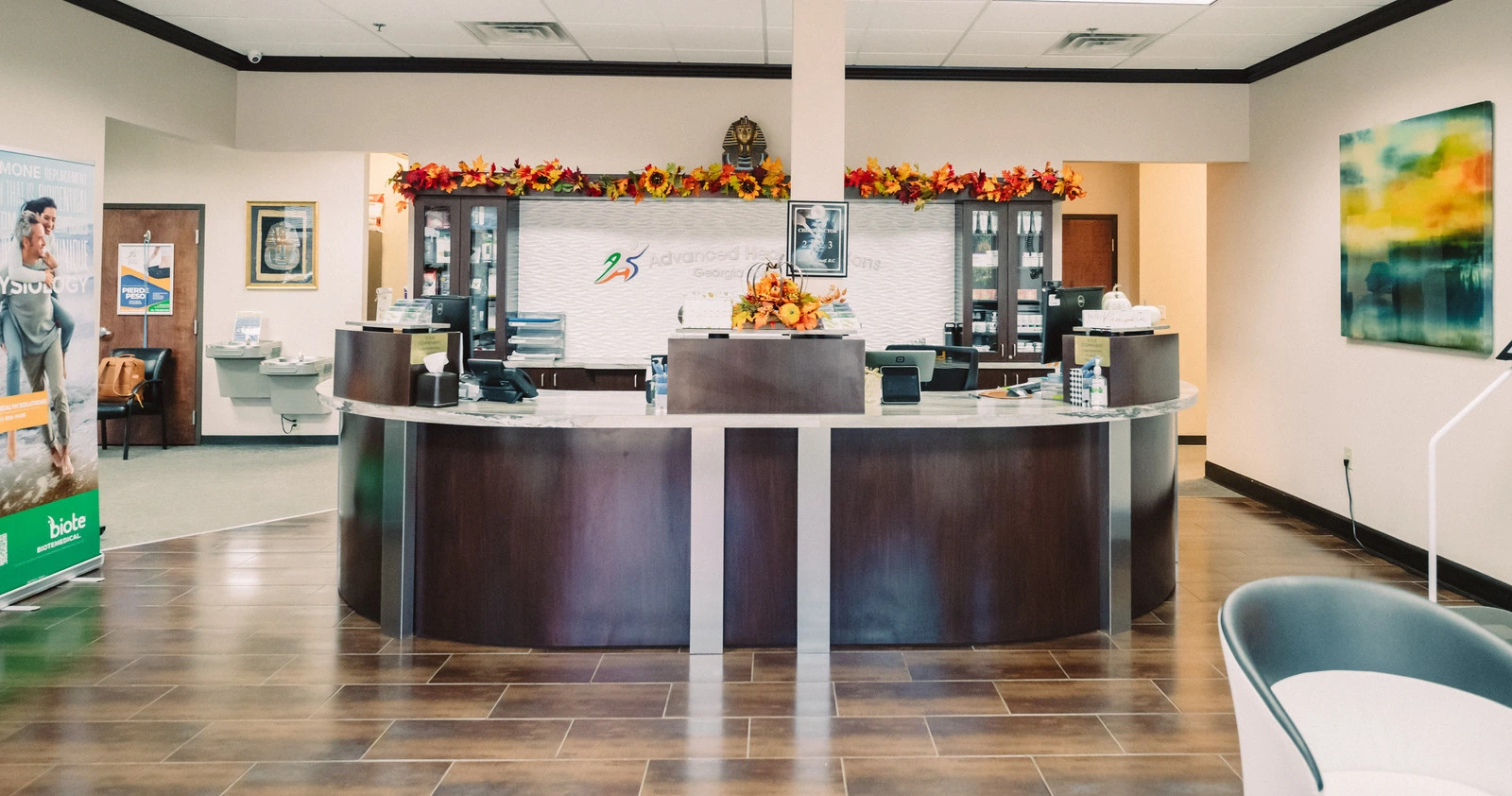

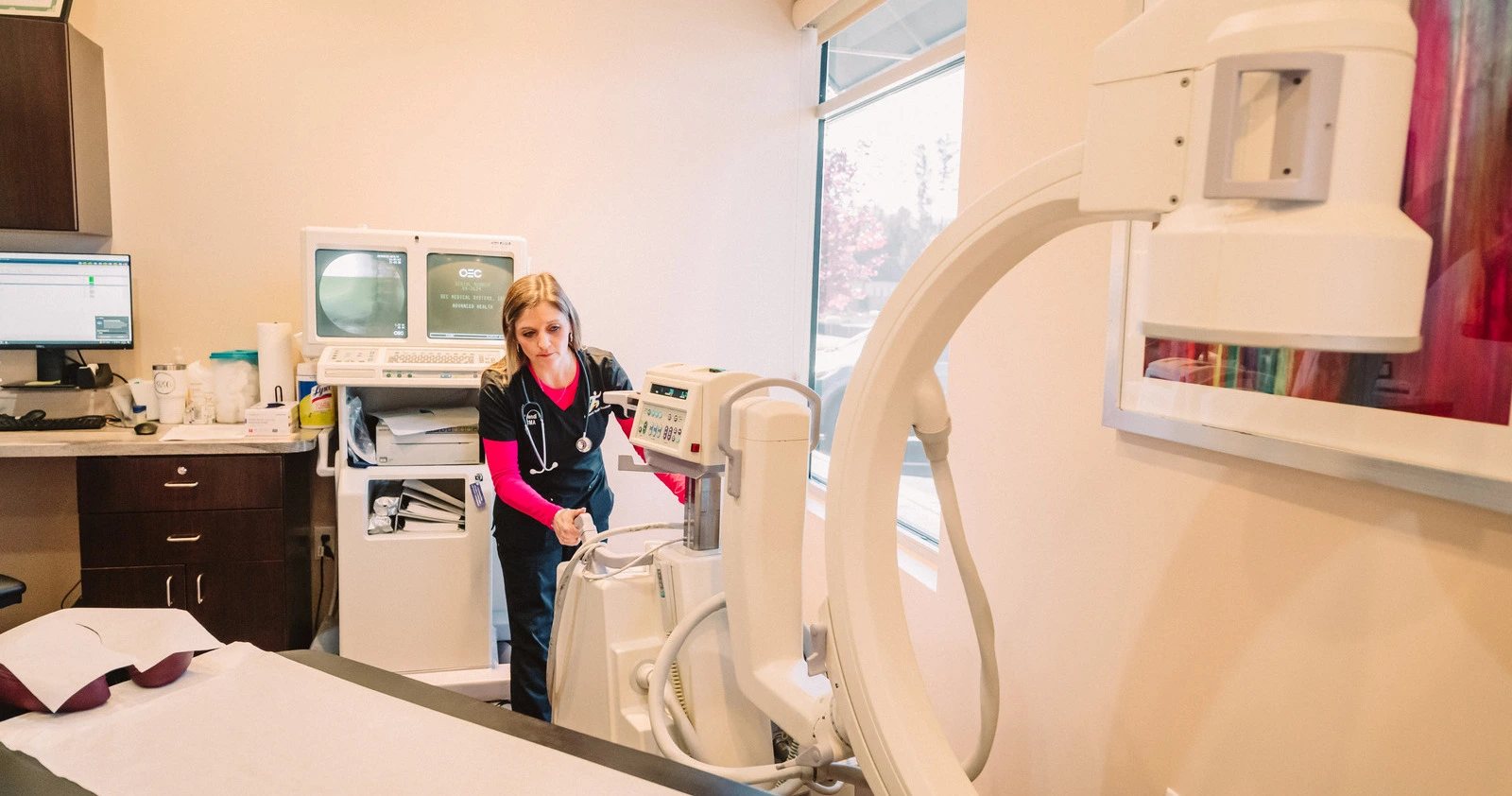

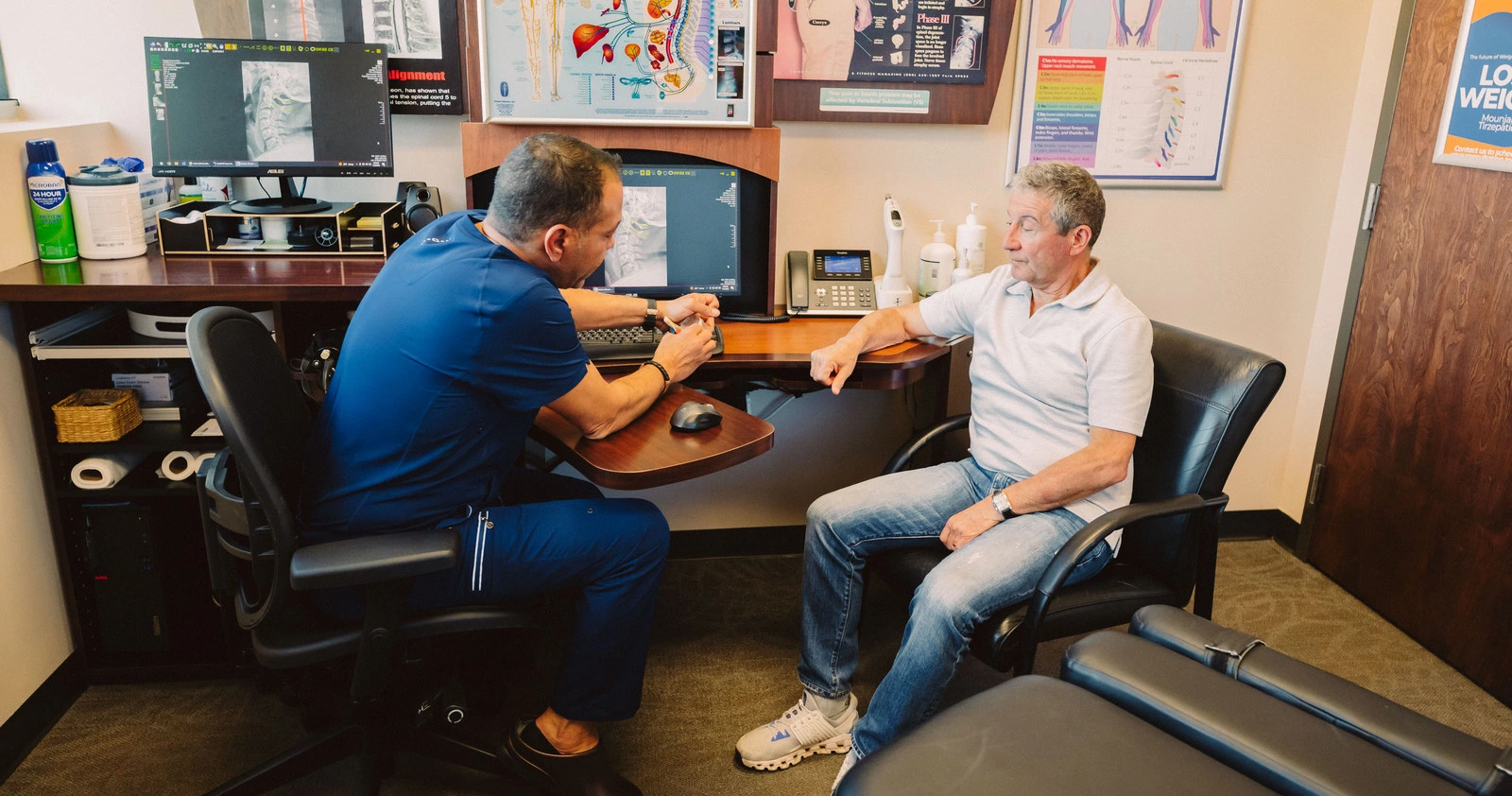
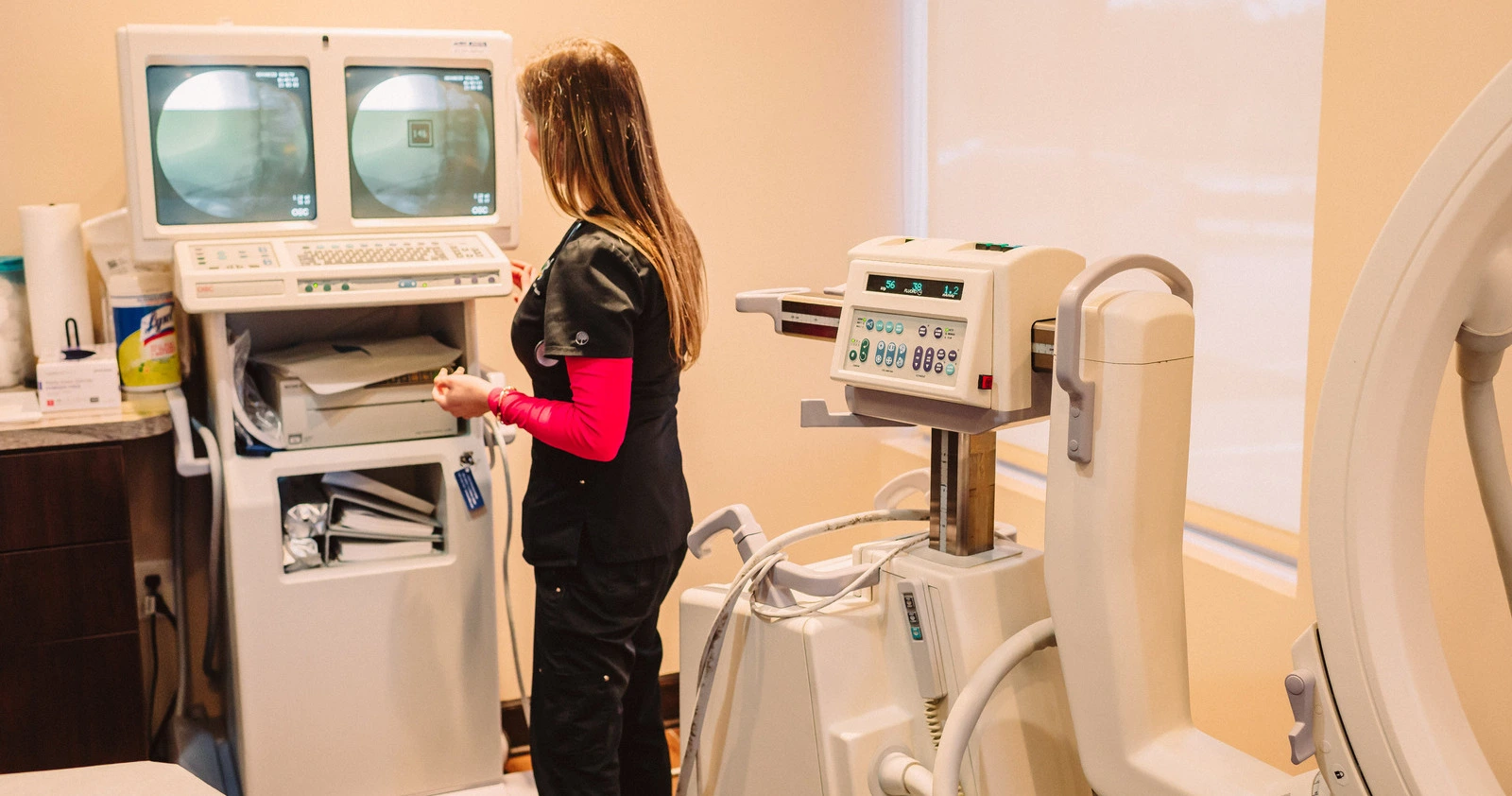
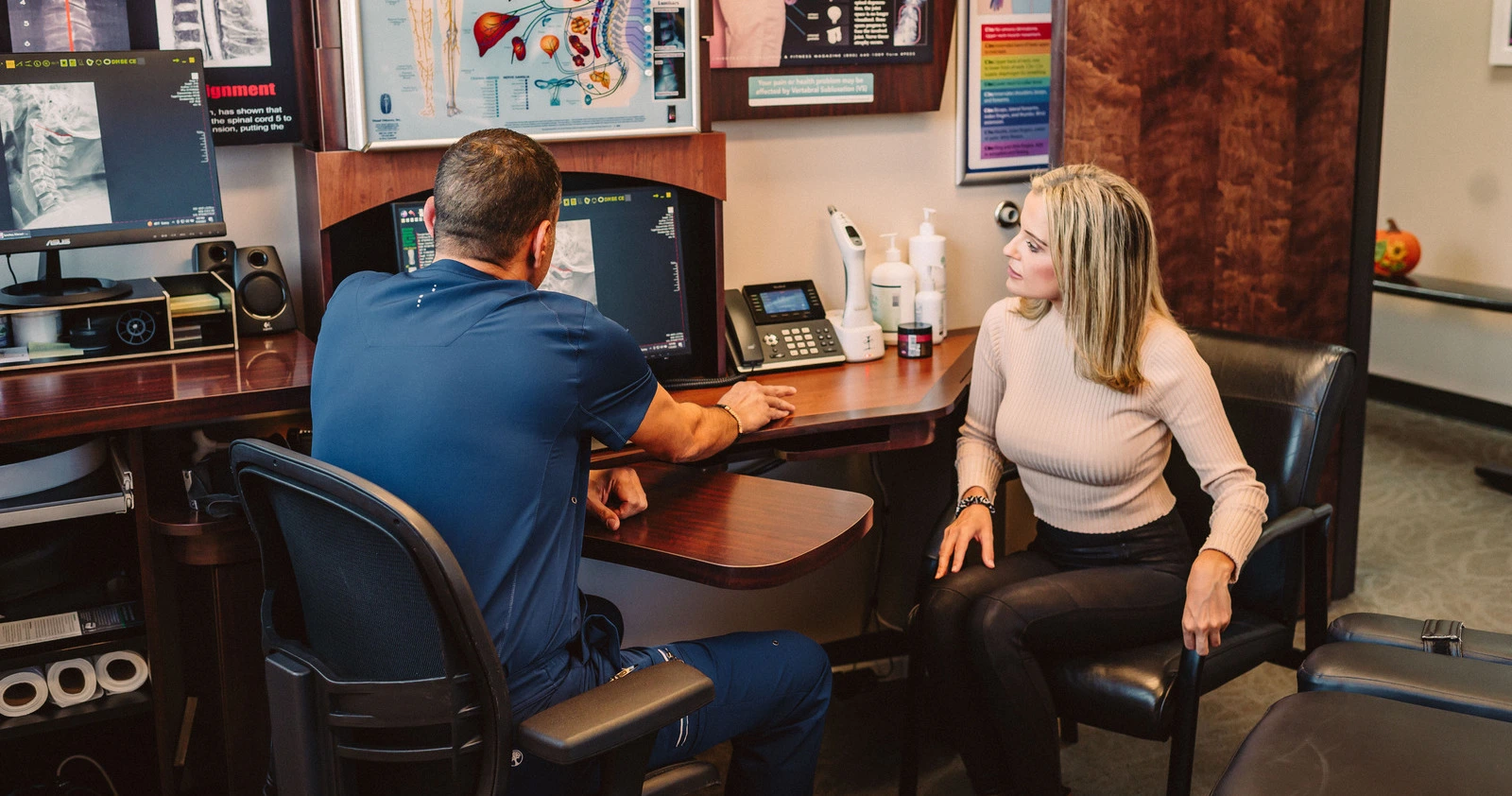
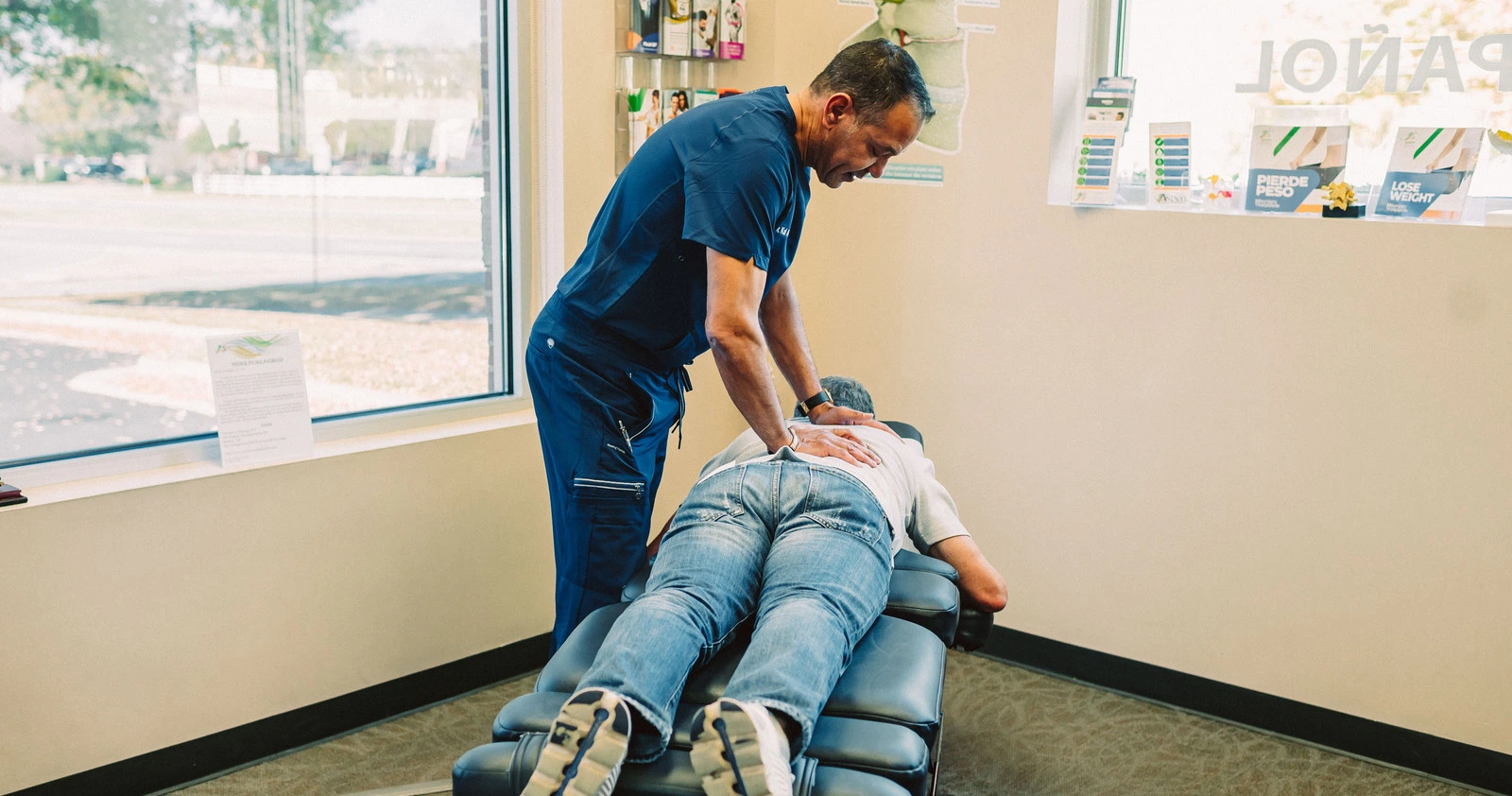
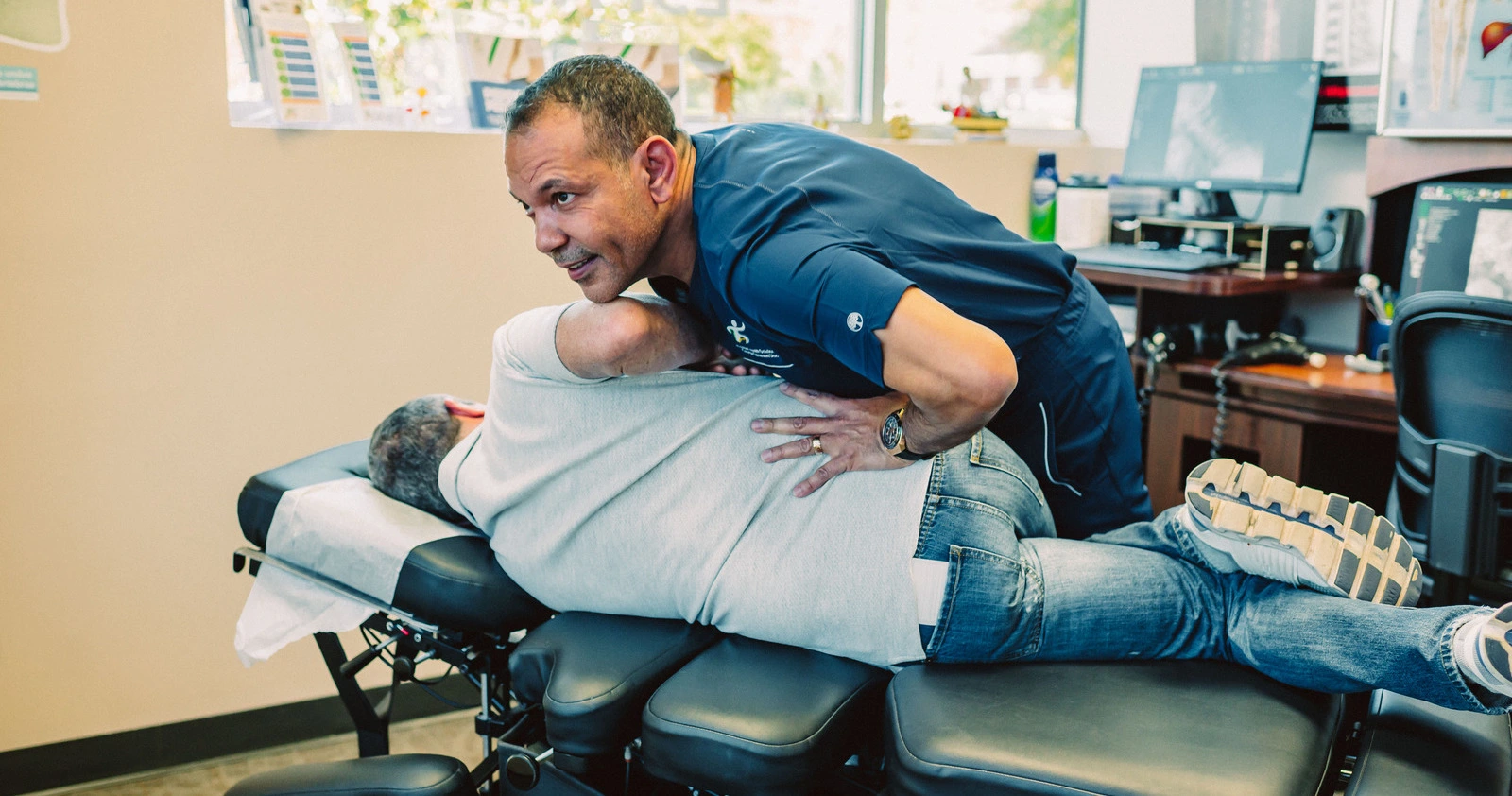
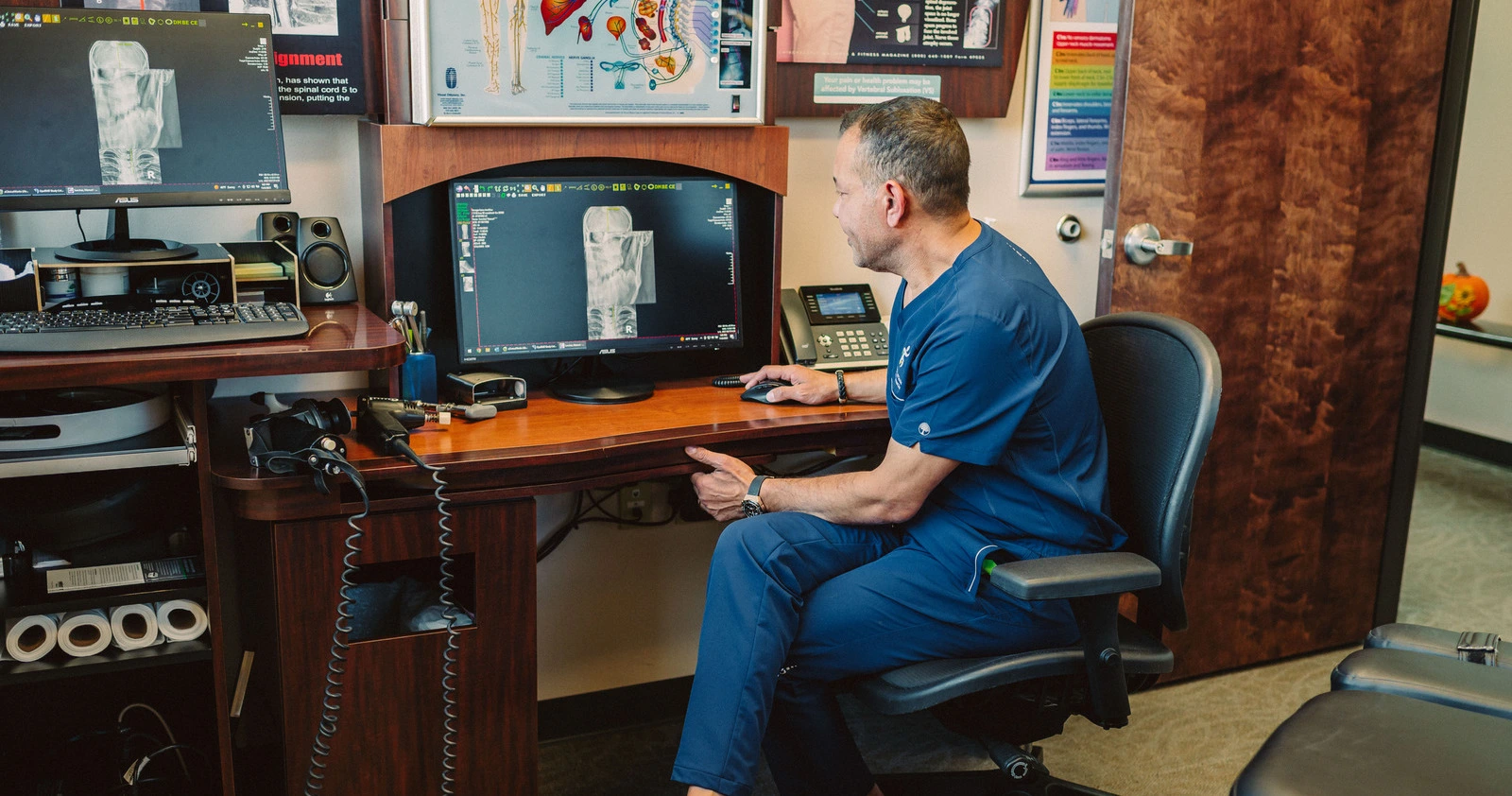
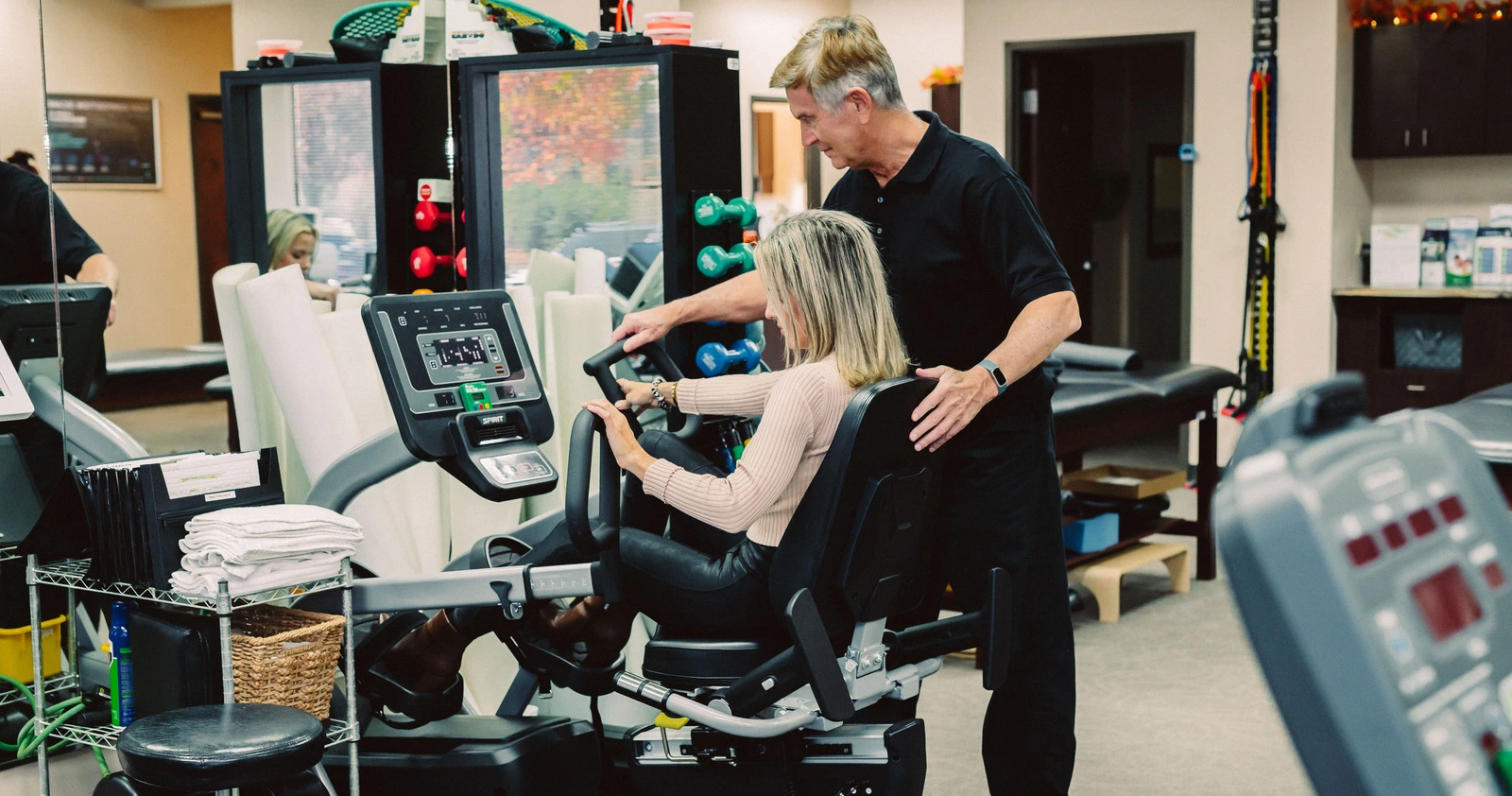
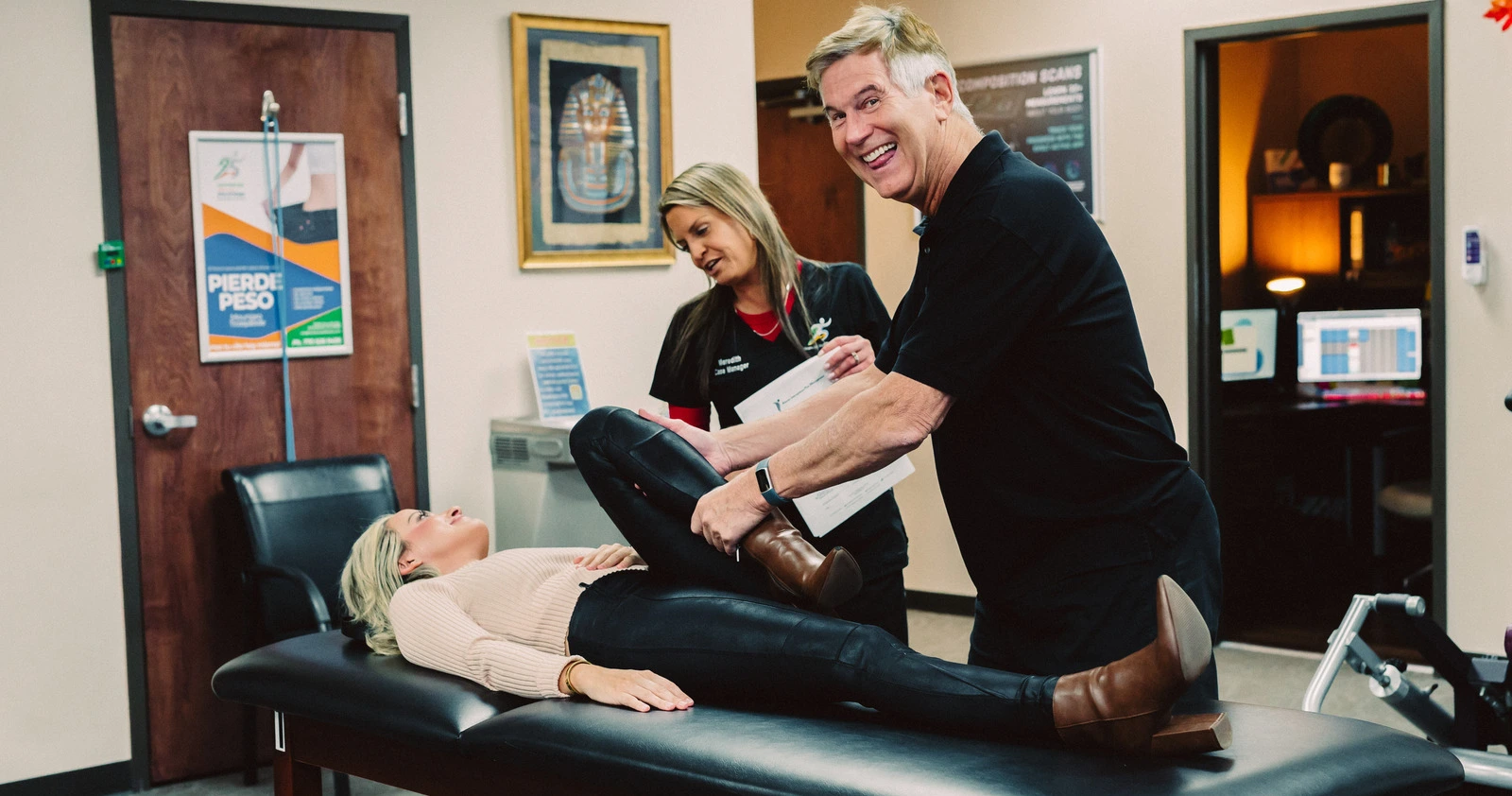
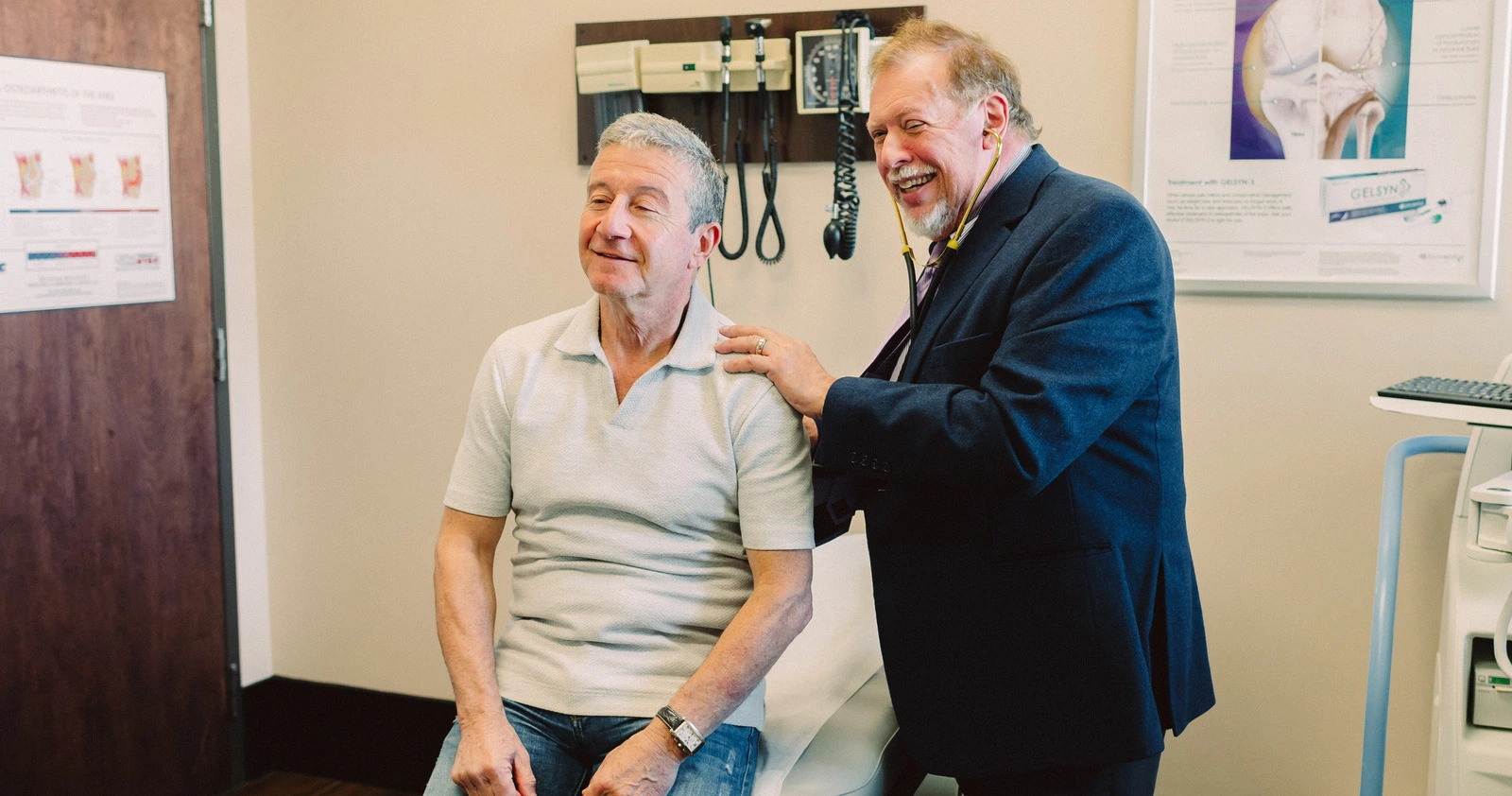




Our medical clinic offers a wide range of services, including primary care, specialty care, preventive care, diagnostic testing, chiropractic, physical therapy, and more. We strive to provide comprehensive and personalized healthcare to our patients.
Our medical professionals are highly trained and experienced in their respective fields. We have a team of doctors, nurses, specialists, and support staff who are dedicated to providing quality care and ensuring the well-being of our patients.
Our clinic(s) are conveniently located in a central area, with easy access to public transportation and ample parking facilities. We understand the importance of accessibility and strive to make it convenient for our patients to reach us. See all locations
We take pride in our high patient satisfaction rates and positive outcomes. We regularly collect feedback from our patients to continuously improve our services and ensure we meet their expectations. Read Our Reviews
We strive to work with a wide range of insurance providers to ensure that our services are accessible to as many patients as possible. We also offer flexible payment options and financial assistance programs to make healthcare affordable for our patients.
The purpose of this visit is to assess your symptoms, diagnose any potential conditions, and provide appropriate treatment or recommendations. Your healthcare provider will outline the recommended treatment plan, which may include medications, lifestyle changes, therapies, or referrals to specialists, depending on your condition.
In addition to our core medical services, we may offer additional benefits such as extended hours, online appointment scheduling, electronic medical records, and patient education resources.


We are a Multidisciplinary Clinic with over 75 years of Combined Experience